Cucurbitacin E
Cucurbitacin E, also known as alpha-elaterin, is a bioactive compound from the Cucurbitaceae family, noted for its anticancer, anti-inflammatory, and antiangiogenic properties, and studied for its potential in therapeutic applications, particularly in oncology and chronic inflammation management.
Overview
The traditional use of plants containing cucurbitacin E in folk medicine has prompted research into their pharmacological properties, exploring the potential for developing new therapeutic agents based on this compound. Its potent anticancer activity, coupled with anti-inflammatory and antiangiogenic properties, positions cucurbitacin E as a candidate for cancer therapy and other conditions where inflammation plays a critical role.
Cucurbitacin E Key Features
– Natural Source: Found in plants of the Cucurbitaceae family and other botanical sources known for their medicinal properties.
– Bioactivities: Exhibits potent anticancer, anti-inflammatory, and antiangiogenic activities.
– Mechanism of Action: Interferes with cellular signaling pathways, notably the JAK/STAT pathway, inhibiting cancer cell proliferation and inducing apoptosis.
Cucurbitacin E Applications
– Cancer Research: Investigated for its ability to target and inhibit the growth of various types of cancer cells, making it a subject of interest in oncology.
– Inflammatory Diseases: Its anti-inflammatory effects are explored for the treatment of chronic inflammatory conditions, offering potential therapeutic benefits.
– Antiangiogenic Therapy: The compound’s ability to inhibit angiogenesis, the process of new blood vessel formation, is relevant in cancer treatment, as it can starve tumors of nutrients and oxygen.
Cucurbitacin E Functions
– Tumor Growth Inhibition: Cucurbitacin E can inhibit the proliferation of cancer cells and promote their apoptosis, contributing to its anticancer effects.
– Suppression of Inflammation: Modulates the inflammatory response by inhibiting the production of pro-inflammatory cytokines and mediators.
– Inhibition of Angiogenesis: Prevents the formation of new blood vessels in tumors, limiting their growth and metastasis.
Details
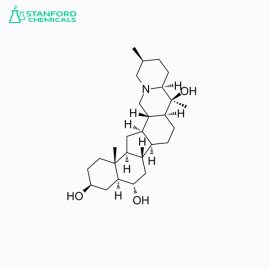
| Available Sizes | 30 capsules, 60 capsules, 120 capsules |
|---|---|
| Active Ingredient | High-quality, pure Peimine extract |
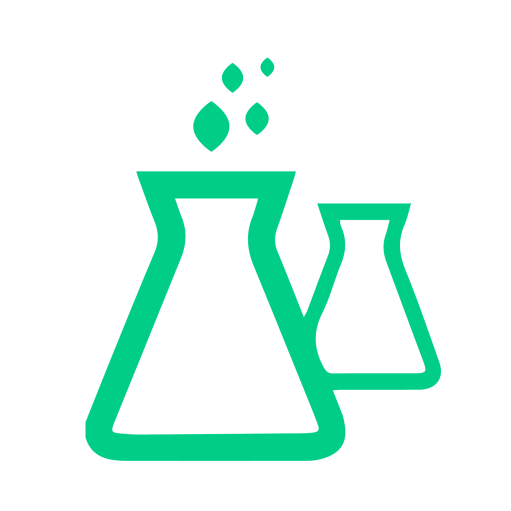

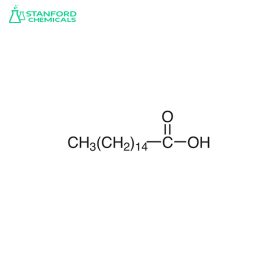
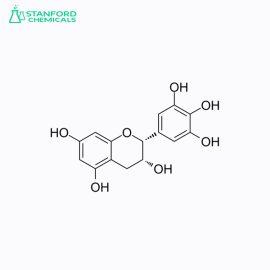
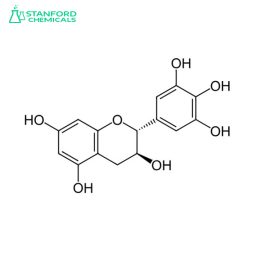
Reviews
There are no reviews yet.